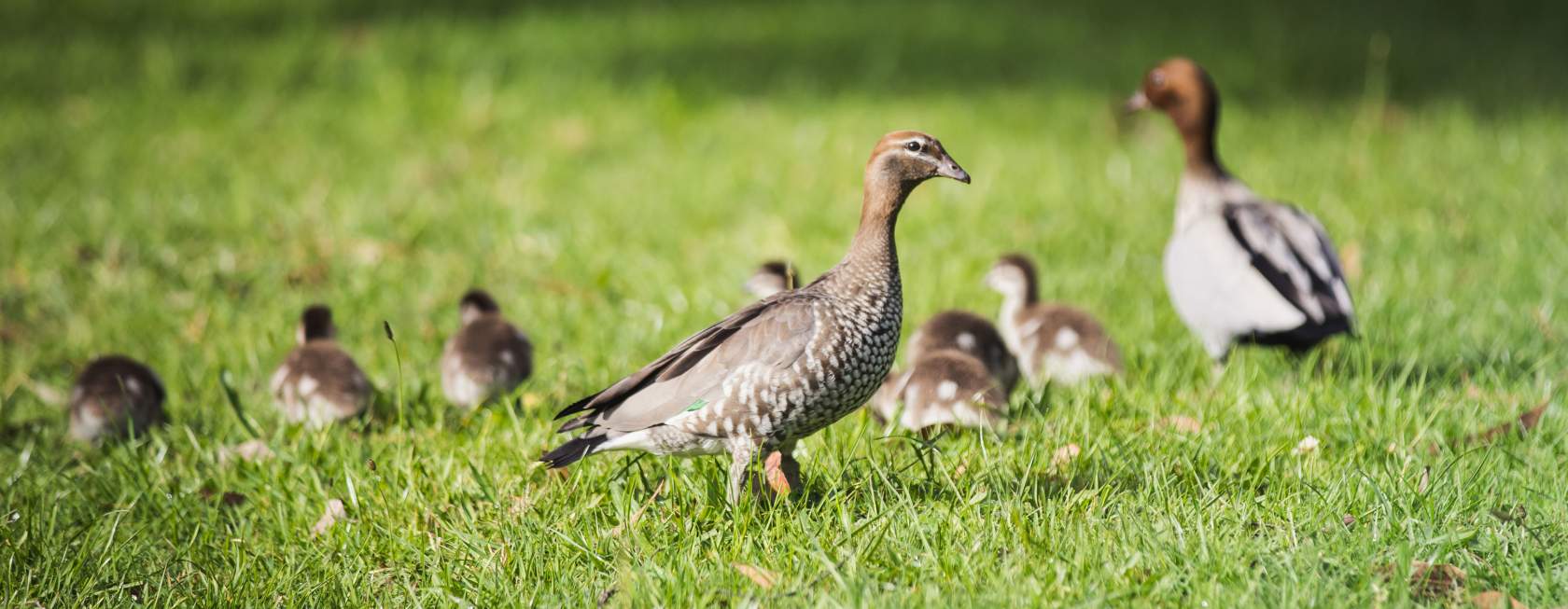
There are several species of native ducks that call Victoria home, with the two most common species being the pacific black ducks and the Australian wood duck.
Appearance
Pacific Black duck
Unlike the name suggests, they have brown plumage, with a black stripe from bill to cheekbone, bordered with cream above and below, and another black stripe visible on their head. A metallic green speculum (secondary wing feather patch) can be seen on the lower half of their wings. Males and females are similar in appearance though males tend to be larger.
Australian Wood duck
They have a distinctive dark brown head and neck with a pale grey body and two black stripes on the back. Females can be identified by their paler head with two white stripes framing the eye, as well as with a more speckled chest and underbody compared to the males.
Distribution and habitat
Both species are commonly found throughout Australia and Victoria. Wood ducks often forage on land and are more likely to be found in open grasslands and woodlands. Both species can be found in wetlands, flood plains, lakes and ponds. Wood ducks are rarely seen in open water, whereas the pacific black will be spotted near most types of waterways.
Diet
As wood ducks mainly forage on land, their diet consists of grasses, herbs and occasionally insects. They are known to dabble in shallow waters for marine vegetation.
Pacific black ducks also eat vegetation, specifically seeds from aquatic and waterside plants, but will dabble for molluscs, crayfish and insects in the water.
Behaviour
Wood ducks nest in tree hollows and cavities. The hatchlings must jump from the hollow onto the ground below. As they are small and light, they can glide without fear of injury. Parents are known to feign injury when faced with a predator to divert them from the ducklings.
While in the water foraging, pacific blacks display ‘dabbling’. This is where the bird plunges its upper body under the water and raises its rump vertically up. Dabbling allows them to reach deeper into the water to forage.
Breeding Season
Wood ducks usually breed between September and November, laying eight to 10 eggs.
Pacific black ducks usually breed between June and September, but can also breed during the summer months, laying seven to 12 eggs.
Nesting
It’s essential to understand that ducks' nesting behaviors are designed to help ensure safety and survival. Mother ducks deliberately select nesting sites away from usual waterways to improve the chances of their ducklings surviving infancy. These nests are often created discreetly in yards or other secluded spots, providing protection from predators during the vulnerable early stages.
In urban areas, unconventional nesting spots such as chimneys may be chosen by species like wood ducks. Suburban backyards with pools or fenced-in areas are also particularly attractive sites to nest. These settings offer both cover and access to water. Mother ducks often return to the same location each year to raise their young.
Within just 24-48 hours of hatching, mother ducks will guide them back to their home territory. Their home territory can be up to 5km away from the nesting site! This journey, often to their usual waterway, is a crucial learning experience for ducklings. During this journey, parents impart vital survival skills, teaching their young how to navigate the neighbourhood, avoid predators, and eventually find their way independently.
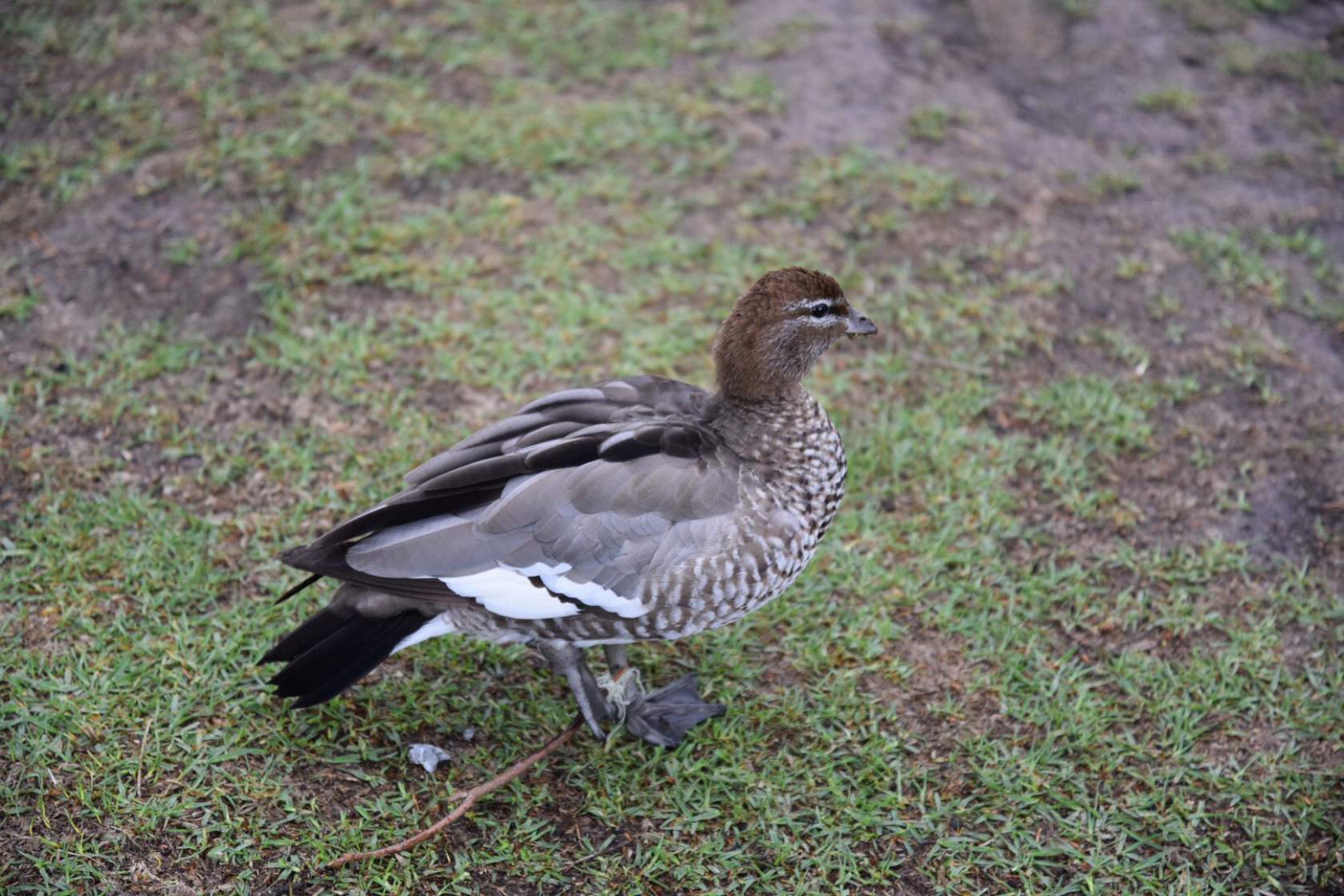
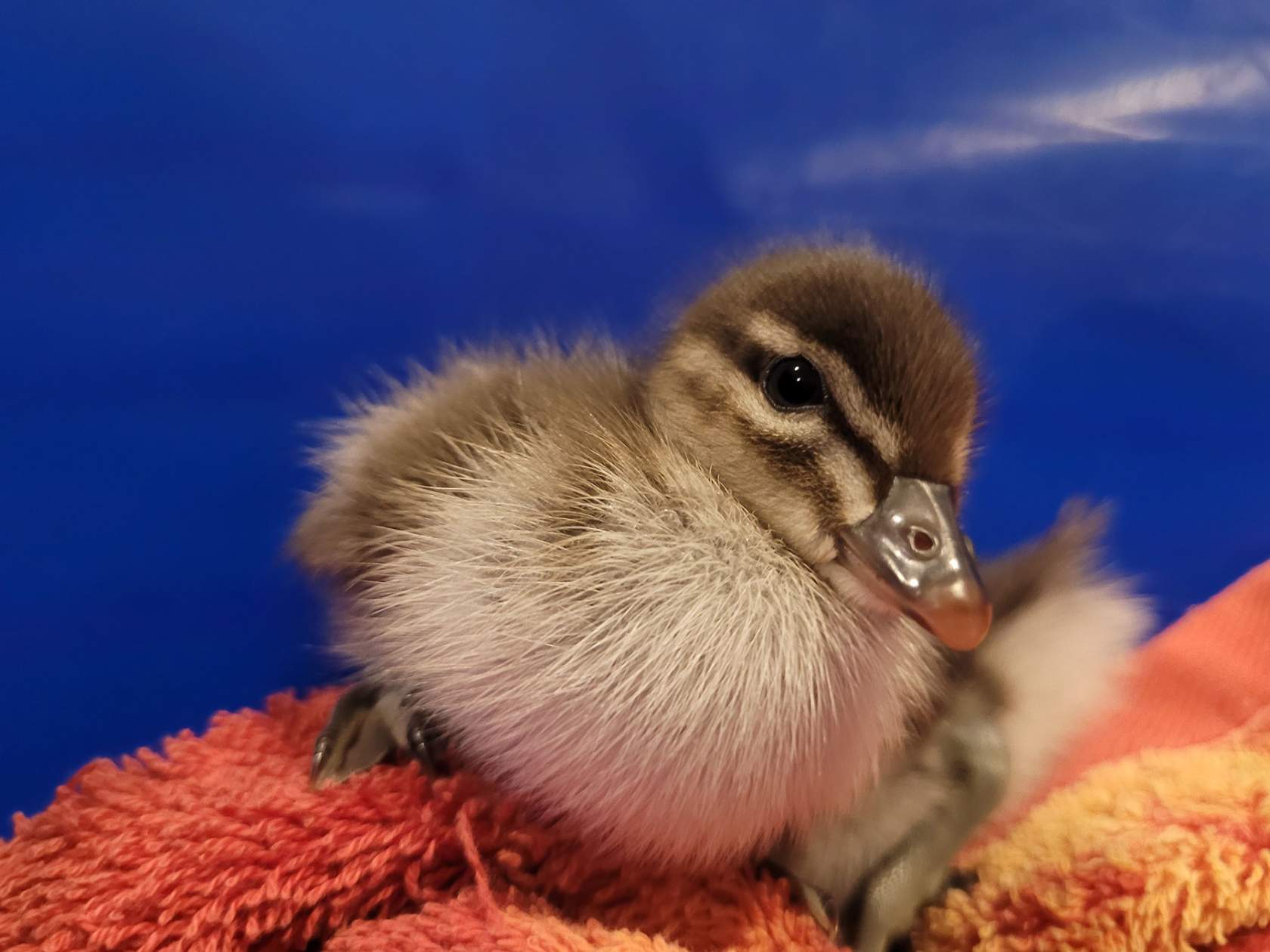

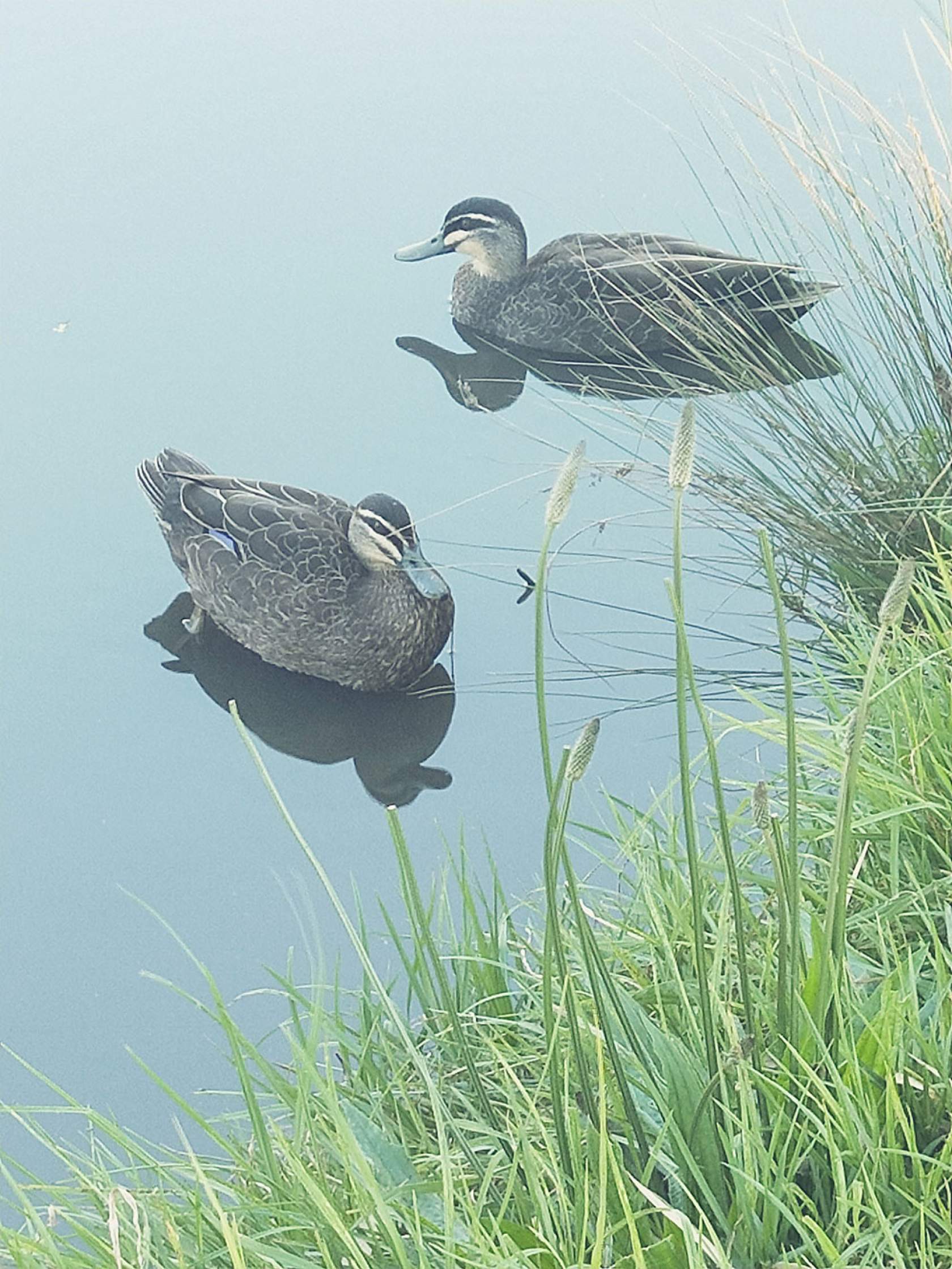

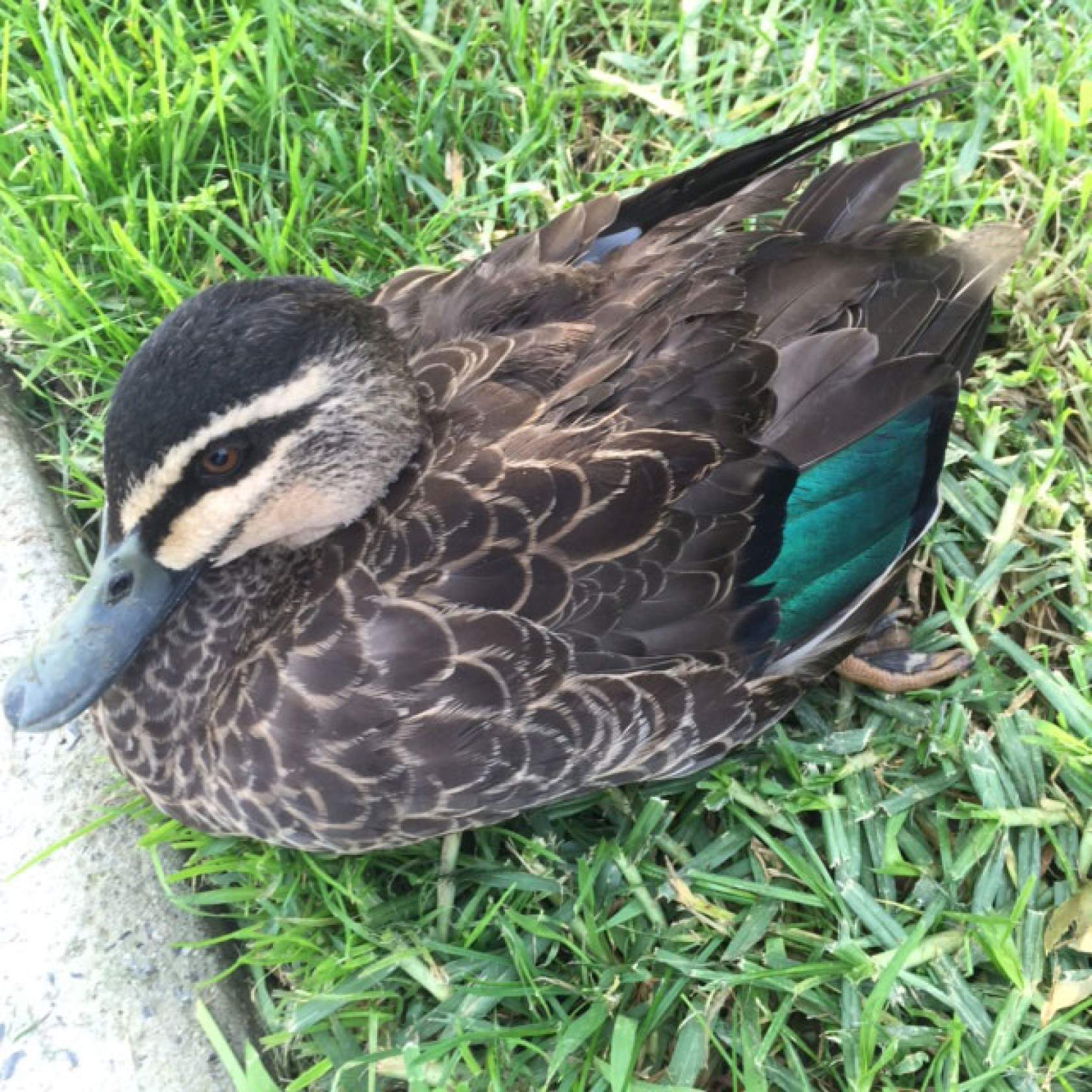
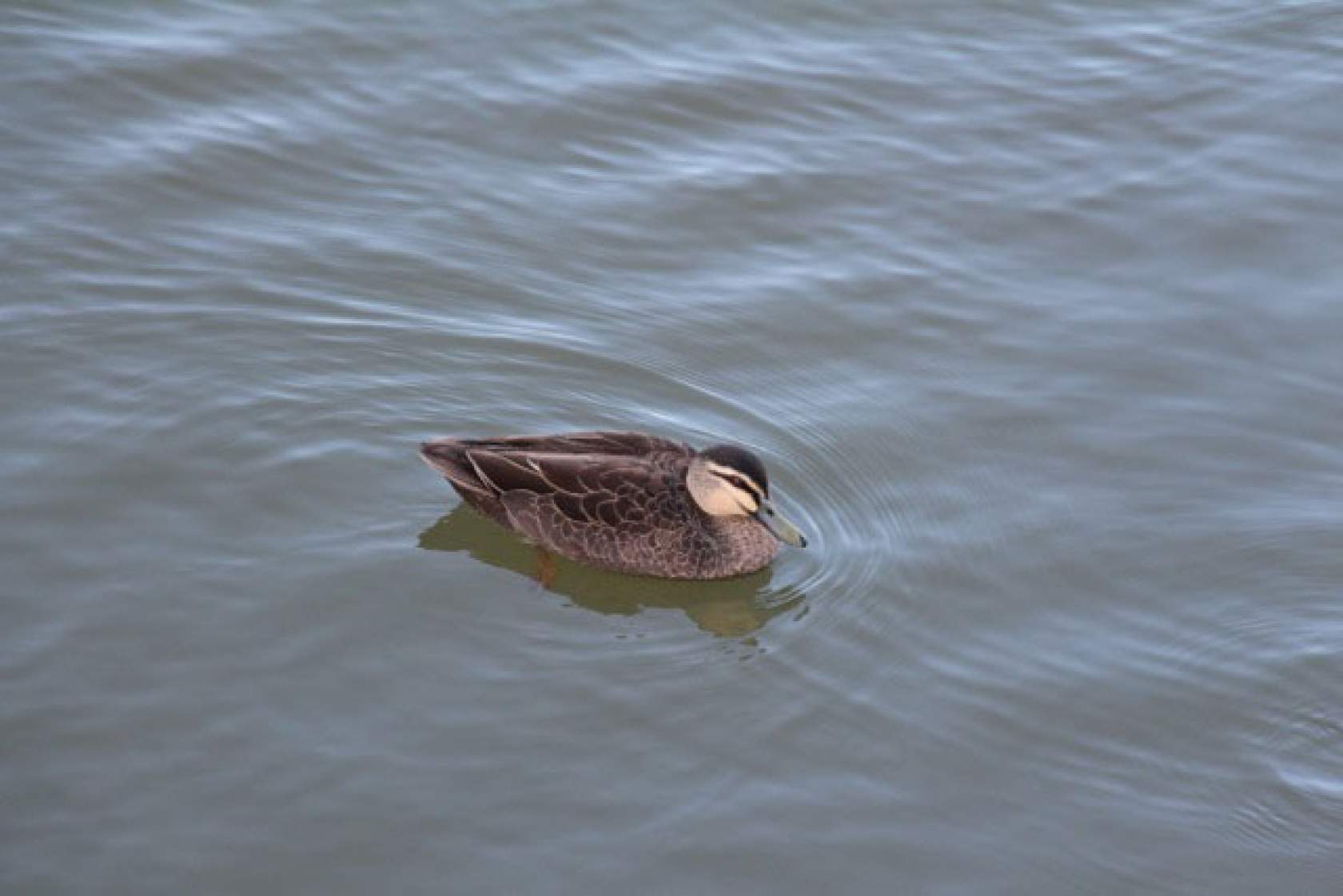
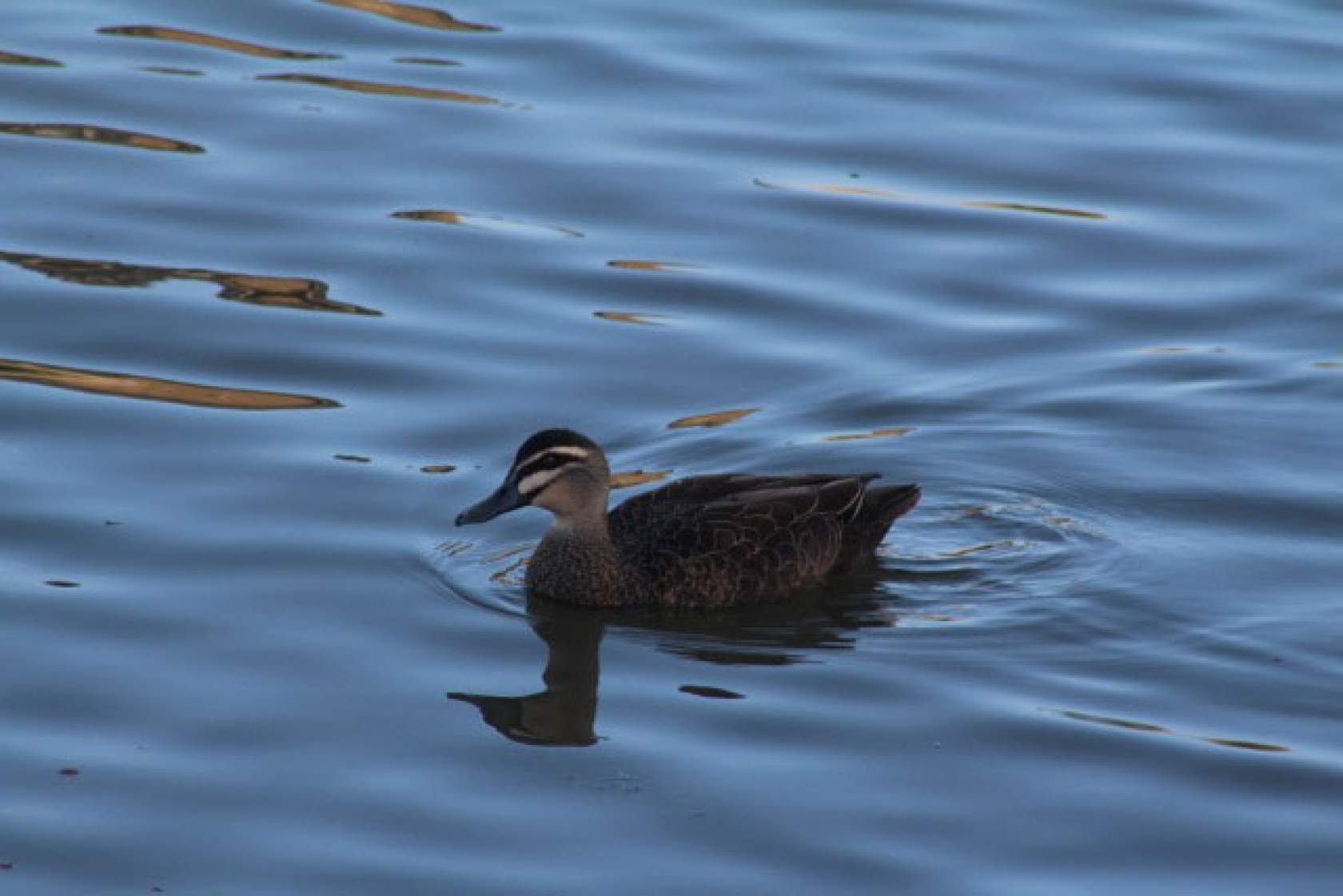
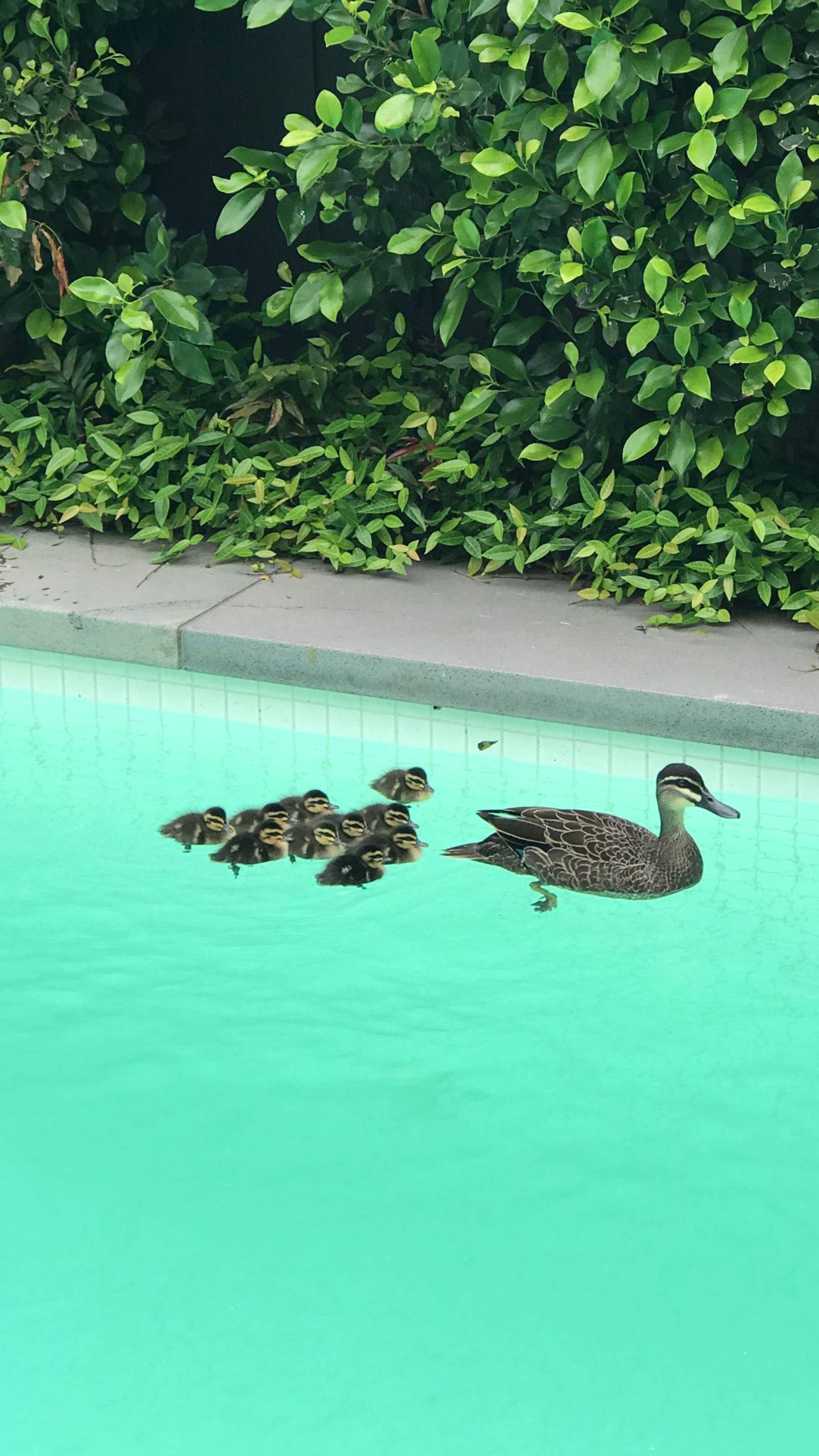
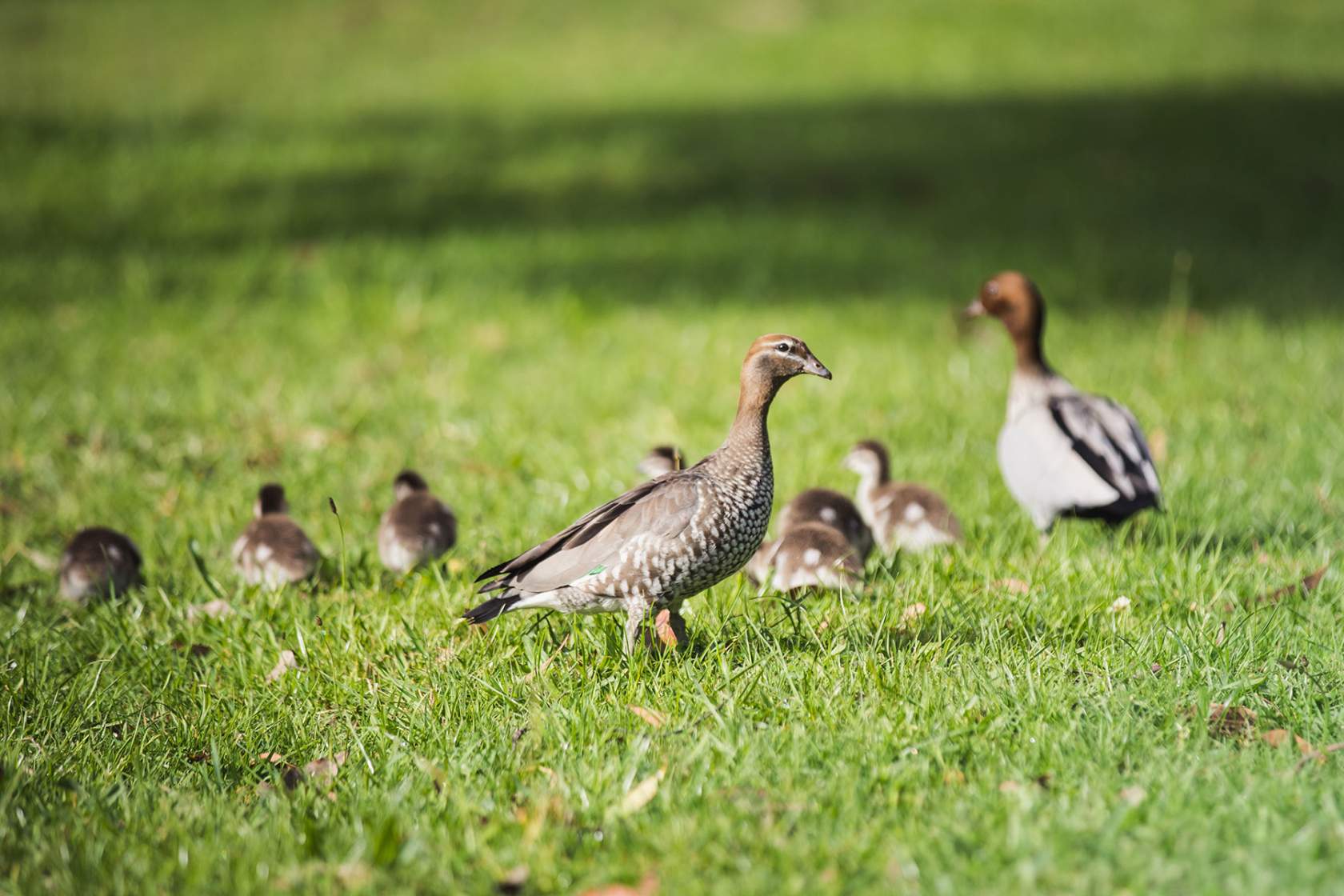
How you can help
If you encounter a situation where you see a family of ducks or ducklings, it's important to avoid direct intervention. The best chance for their survival is with minimal human interference. This means keeping a safe distance, as parent ducks can easily become stressed and may even abandon their ducklings if they feel threatened.
It's crucial not to attempt to relocate them either. Attempting to catch them may cause the adult bird to leave, or the ducklings to flee into dangerous spots such as on roads or in yards with pets. It's best to allow them to navigate their environment naturally.
If you happen to come across a family of ducks crossing a road, maintain a respectful distance and allow them to cross without disturbance. If it's safe to do so, you can alert oncoming traffic to prevent any accidents.
For those who frequently observe ducklings in their area, you can create a sign or buy one that alerts others to their presence. This helps raise awareness amongst the community and encourages responsible behaviours.
If you find a family of ducks in your backyard, it’s important to remove any pets from the area. The duck family will only be present for a few days, and pets could cause unnecessary stress or danger to them.
In cases where you find ducklings without their parents and the parents do not return, the ducklings will need to be hand-reared by specialist carers. Contact Wildlife Victoria’s Emergency Response Service on (03) 8400 7300 for advice or assistance.
If you discover a clutch of ducklings in your pool, make sure the ducklings can get out by providing makeshift ramps, such as branches or planks of wood. If the makeshift ramp is slippery, wrap a towel or something similar around it to give the ducklings a grippier surface.
If the ducklings are alone, it’s best to leave the area and observe from a distance. This will help the parent ducks feel safe enough to return to their young. Additionally, ensure that all pumps and filters are turned off to avoid any harm to the ducklings.
We hope that by increasing your understanding and awareness of our beautiful wildlife, you will feel empowered to manage wildlife situations confidently and in an informed, safe and appropriate manner. For support at any time, please call our 24/7 Emergency Response Service on (03) 8400 7300.
